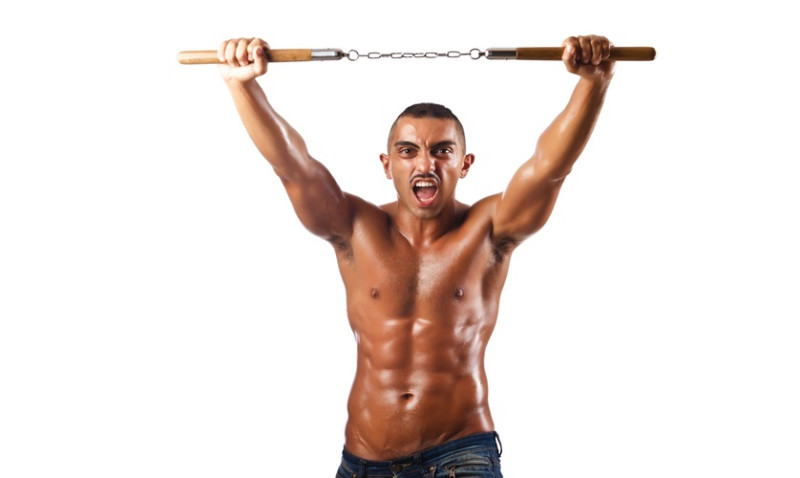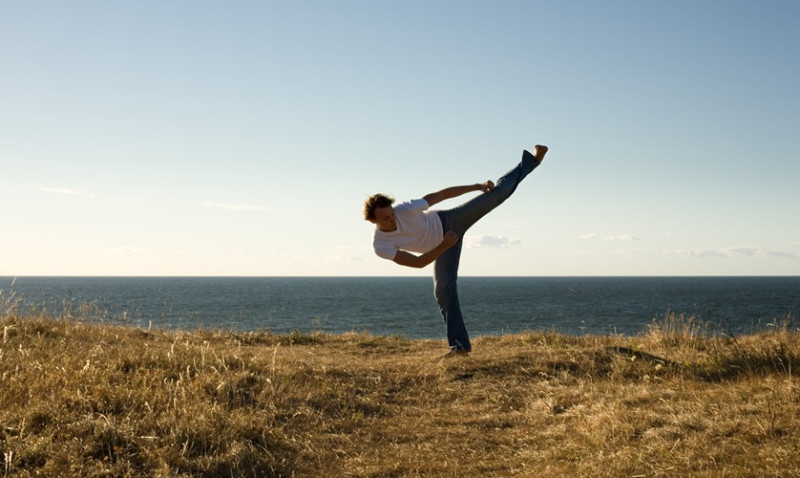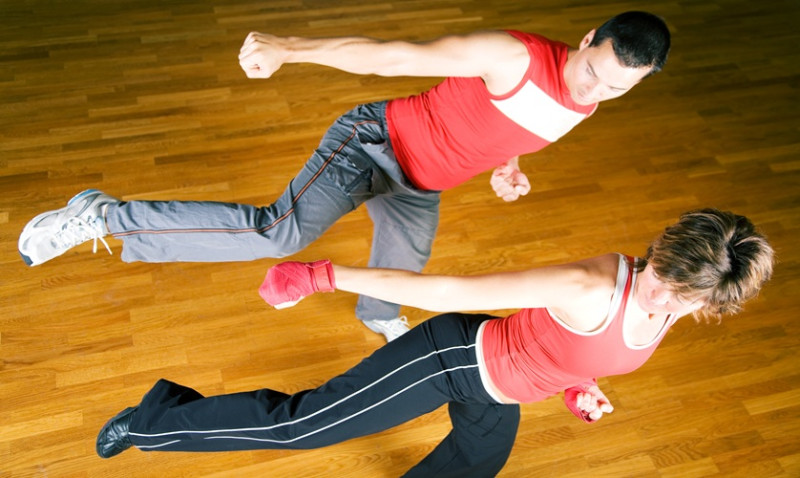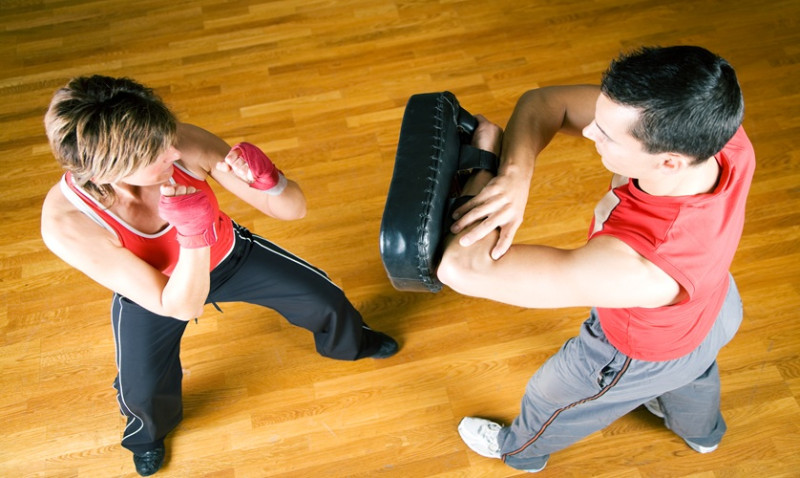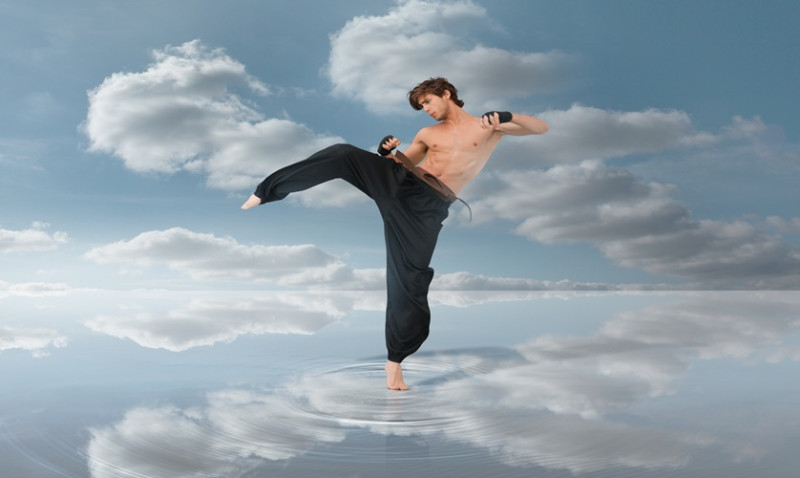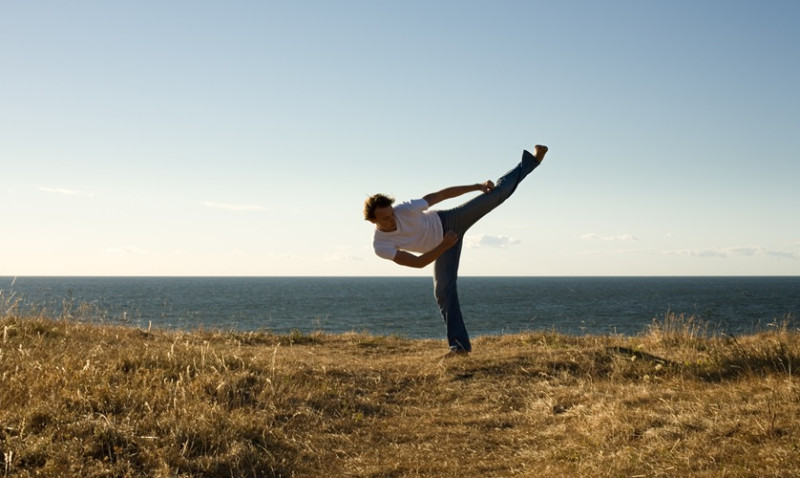
Capturing the art and discipline of martial arts through photography can be a powerful way to express strength, focus, and movement — even without a partner. Whether you’re a student, practitioner, or simply a creative DIY enthusiast passionate about martial arts, there are plenty of solo photo ideas that are both striking and easy to achieve. These concepts are particularly ideal for those looking to revamp personal spaces with character, or for professionals such as designers or architects aiming to suggest personalised decor for clients across the UK.
In this article, we’ll explore a number of creative photo ideas for martial arts that you can execute entirely by yourself. Whether you’re working with a smartphone or a DSLR, shooting in your living room or a professional studio, these solo concepts will help you capture powerful images that reflect the essence of martial arts — all while giving your photos a modern, stylised look suited for home display or creative portfolios.
1. Shadow Silhouette Shots
One of the most impactful and easiest photo styles to pull off solo is the silhouette shot. Martial arts forms and stances have defined shapes, making them ideal for capturing as dramatic shadows. This type of photography focuses more on the contours of your body rather than finer details, giving the image an abstract quality that’s full of energy and mystery.
To shoot a silhouette photo, position yourself in front of a strong light source — like a window during sunset or a bright lamp. If you’re shooting indoors, keep the light behind you and the front area dark. Set your camera or phone on a tripod (or a stack of books) and use the timer or remote shutter to capture your form in mid-pose.
Play with different martial arts stances such as the crane stance, high kicks, or weapon forms if you practise styles like Kung Fu or Kendo. These shots not only look visually minimalist but fit perfectly into modern decor themes like industrial, Japandi, or monochrome designs.
2. Motion Blur for Dynamic Action
Nothing conveys intensity and fluidity in martial arts better than a carefully designed motion blur image. This creative photography effect adds a sense of speed and power — ideal for martial artists who want to showcase their techniques in movement.
To achieve this effect, set your camera’s shutter speed between 1/15s to 1/4s and capture yourself mid-motion, for example during a roundhouse kick or spinning move. If you’re indoors, ensure you have sufficient soft lighting or reflective surfaces to highlight the motion without overexposing the shot.
Capture a sequence of moves — from basic punches to kata/dance transitions — and allow your body to blur while maintaining a strong contrast in your environment. This kind of photo is perfect for large canvas prints that make a bold impact in living or workout spaces.
3. Mirror Reflections for Depth
Using mirrors is a smart way to add interest to solo martial arts photography. This technique can symbolise inner focus, discipline, and duality — core themes in many martial arts philosophies.
Position a full-length mirror in a tidy and well-lit environment. Practice striking a pose while facing the mirror and shoot from an angle that captures both your real self and your reflection. The final image can be stylised further in photo editors for dramatic lighting or black-and-white effects, enhancing the visual storytelling.
These composition-rich images work especially well in urban flats or renovated studio spaces where reflective surfaces can add depth and a sense of openness. Ideal for designers and architects seeking to create distinctive feature walls with meaning.
4. High-Contrast Black & White Portraits
Black and white photography strips away distractions and puts full focus on your expressions, stance, and technique. It’s a timeless visual style that lends gravitas to martial arts photos, making them ideal for professional settings or to complement minimalist interiors.
Use diffused lighting to avoid harsh shadows, and experiment with different facial expressions — calm, fierce, thoughtful — that match the martial art you practise. Position yourself slightly off-centre for a more editorial composition, and frame the image waist-up or in full stance to highlight posture.
This type of photo is ideal for framed art, posters, or even photo-wall installations in hallways or studios. For those in the architecture and interior profession, incorporating black and white martial arts photography into office or hotel design can deliver refined visual storytelling.
5. Self-Timer Series with Forms and Kata
Forms and kata are at the heart of traditional martial arts practice, and photographing these sequences solo can also serve as a record of your own progress. By using burst mode or interval shooting, you can capture a series of movements that, when displayed together, narrate an entire technique or story.
Set your camera to take multiple images in sequence (every 2 or 3 seconds), and move through a complete kata or form. Once completed, you can display the resulting images as a horizontal or vertical panel, almost like a comic strip or storyboard.
This method works well for printing into canvas or photo tile sets to create smart, structured wall features. DIY fans and home decorators across the UK are increasingly opting for such personalised installations, particularly in gyms, garages, and home studios.
6. Close-Up Action Details
Instead of always showcasing full body shots, sometimes the best martial arts photos are close-ups that zero in on clenched fists, weathered belts, calloused feet, or determined eyes. These details humanise your practise and highlight the beauty in discipline and perseverance.
Try experimenting with macro settings or using manual focus to lock onto details in your hands, weapon grip, or the curvature of a foot as it rests mid-kick. Black backgrounds or textured mats work well to isolate these features visually.
These images are perfect for pairing with inspirational quotes or calligraphy and suit modern and rustic interiors alike. Designers can even integrate them into Japanese-themed décor or martial arts-themed cafés, delivering an authentic yet contemporary aesthetic.
7. Environmental Integration
Take your martial arts solo shoot outside and blend your movements with urban or natural settings. Parks, brick alleys, railyards, and empty warehouses all provide raw textures that contrast beautifully with martial arts forms.
Use wide-angle shots to frame your pose within the environment — perhaps a side kick in front of a graffiti wall or a Tai Chi pose on a misty canal path. The UK’s mix of historic and modern environments offers striking backdrops all across cities and the countryside, giving your photos narrative power and local character.
For interior designers and decorators, these environmental martial arts photos suit eclectic and industrial interior schemes, offering a unique alternative to generic artwork.
Enhance Solo Shoots with Smart Accessories
Maximise the quality of your solo martial arts photography with a few key accessories. Using tools like ring lights, wireless remote shutters, and smartphone gimbals can take your photos from amateur to almost professional. Here’s a quick comparison table of useful gear for solo photography:
| Accessory | Purpose | Recommended for |
|---|---|---|
| Tripod with Remote | Holds camera steady & allows timed shooting | All solo setups |
| Ring Light | Creates consistent lighting & eliminates shadows | Indoor or low-light shoots |
| Smartphone Gimbal | Smooths motion & enables creative video / action blur | Motion-heavy techniques |
| Backdrop Stand + Fabric | Provides professional background to focus attention | Studio or home photography |
Final Thoughts
Solo martial arts photography is more than a creative exercise — it’s a way to celebrate discipline, growth, and personal expression. Whether you’re a hobbyist looking to record your journey, a homeowner adding character to your space, or a creative professional designing custom artwork, these ideas can guide you in capturing images that pack visual punch and spiritual impact.
Incorporate these photos into your interior design, martial arts marketing materials, or personal portfolios. With a bit of planning and a dose of creativity, your solo martial arts photos can transform ordinary walls into striking testaments of strength and story.
